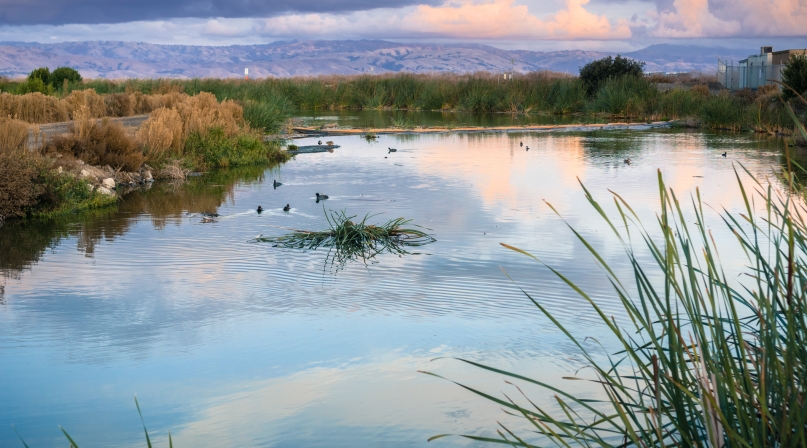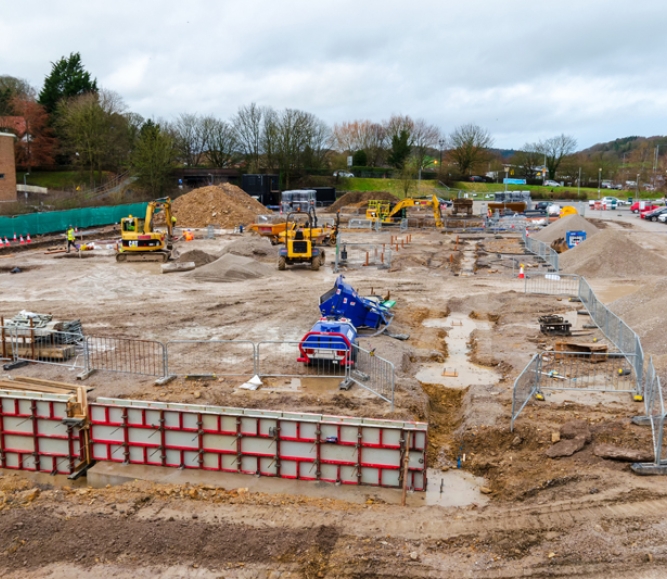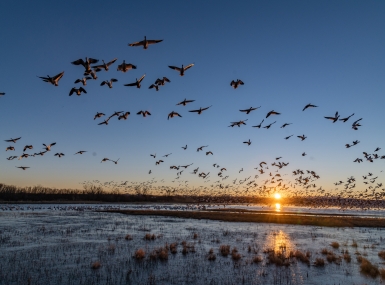House Natural Resources Committee advances reauthorization legislation for NOAA’s Digital Coast program
Author

Charlotte Mitchell Duyshart

Andrew Nober
Upcoming Events
Related News

Key Takeaways
On September 17, the U.S. House Natural Resources Committee unanimously passed the bipartisan Digital Coast Reauthorization Act (H.R. 4256), which would reauthorize the Digital Coast program through 2030. Advancing reauthorization for this program is vital to counties as it provides accurate, comprehensive information for coastal management and planning to communities across the country. The bipartisan reauthorization bill was introduced by Reps. Rob Wittman (R-Va.) and Dave Min (D-Calif.)
What is the Digital Coast program?
The National Oceanic and Atmospheric Administration’s (NOAA) Digital Coast program provides coastal mapping and environmental data to the public through a collaborative online tool that combines data from hundreds of public and private partners — including dozens of participating counties. NOAA additionally hosts training programs to ensure local users can leverage the full benefits of the initiative. NOAA first introduced Digital Coast in 2007 as an online platform for coastal management data. In 2020, President Trump signed the Digital Coast Act (P.L. 116-223) which designated Digital Coast as a congressionally recognized program. NACo strongly supported this action.
How does Digital Coast help counties?
Coastal counties need access to useful, high-quality data as they manage their water resources. Digital Coast is a successful program that helps counties make informed emergency management, environmental planning and infrastructure siting decisions by acting as a comprehensive source for coastal data. Reauthorizing the Digital Coast program ensures that counties will continue to have access to the data and resources local leaders need to be effective decision makers for their communities.
Next steps and additional information
The Digital Coast Reauthorization Act now awaits a floor vote in the U.S. House of Representatives before heading to the U.S. Senate for further consideration. NACo will continue to advocate for passage of this legislation.
NACo is a member of the Digital Coast Partnership Advocacy Coalition and works to connect counties with Digital Coast resources. More information about NOAA’s Digital Coast program can be found here.
Advocacy
EPA announces up to $14 million for brownfields job training program
On July 23, the U.S. Environmental Protection Agency (EPA) announced its Notice of Funding Opportunity (NOFO) for $14 million through the Fiscal Year (FY) 2026 Brownfields Job Training Grants Program. This program helps communities impacted by brownfield sites—blighted, contaminated properties—build local workforces to support site cleanup and redevelopment.

Related News

DOI, DOE and the EPA announce new funding and regulatory measures to support U.S. coal industry
On September 29, the U.S. Departments of the Interior (DOI), Energy (DOE) and the Environmental Protection Agency (EPA) announced coordinated actions to expand domestic coal production and coal-fired energy generation.

U.S. Environmental Protection Agency announces it will uphold 2024 PFAS CERCLA rule
On September 17, the EPA announced that the agency will uphold the 2024 rule designating two types of PFAS as hazardous under the Comprehensive Environmental Response, Compensation, and Liability Act.

DOI announces millions for multiple wetlands conservation programs
On September 18, the U.S. Department of the Interior (DOI) announced $54 million in land acquisitions for waterfowl habitat conservation through a program administered by the Migratory Bird Conservation Commission. The conservation actions add onto an August 4 announcement of $102.9 million in grant-based funding under a separate program administered by the Commission for the conservation of critical wetlands ecosystems and migratory bird habitat through the North American Wetlands Conservation Act.